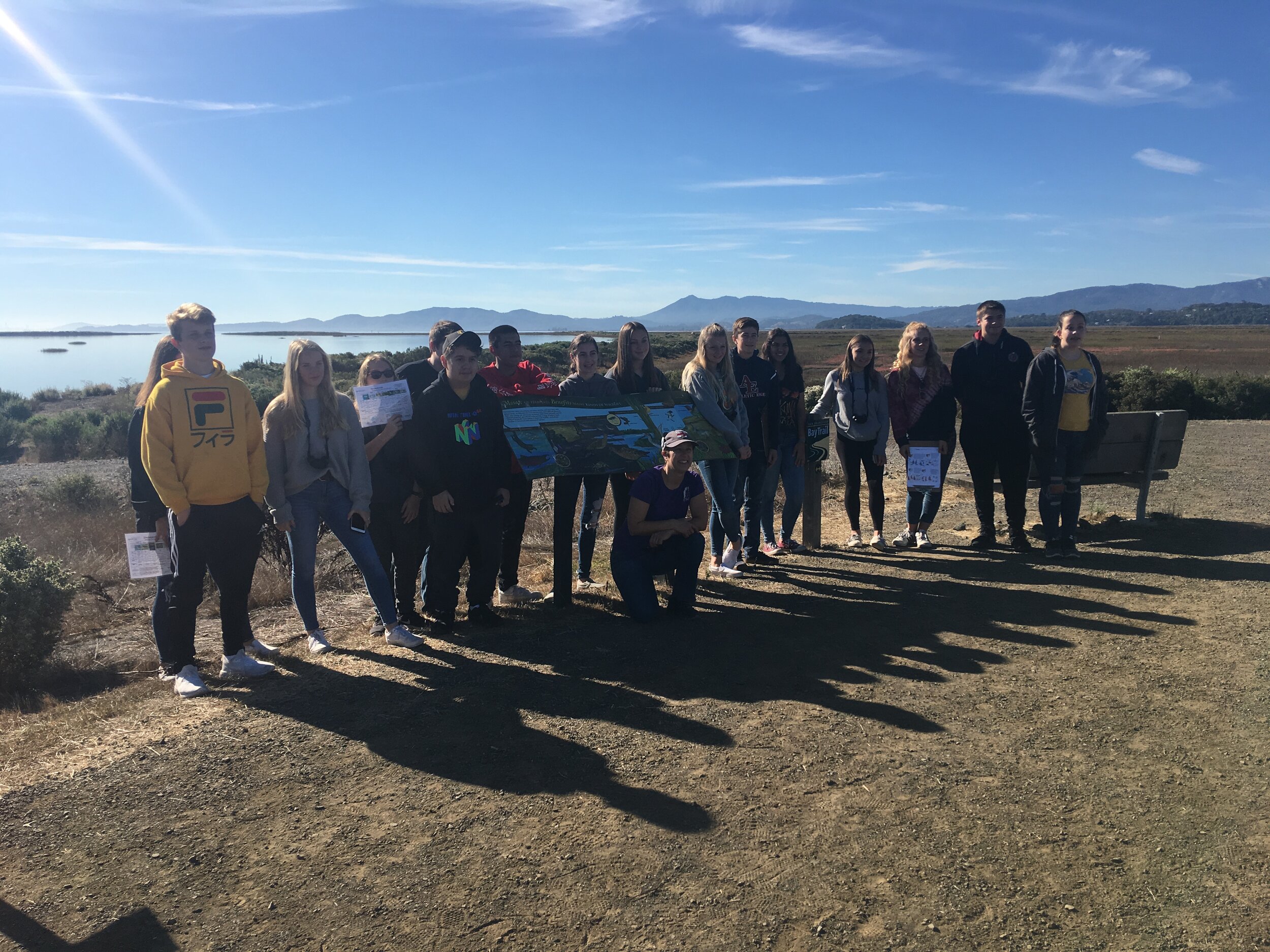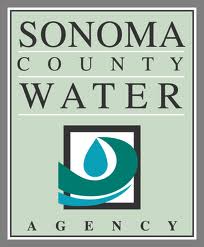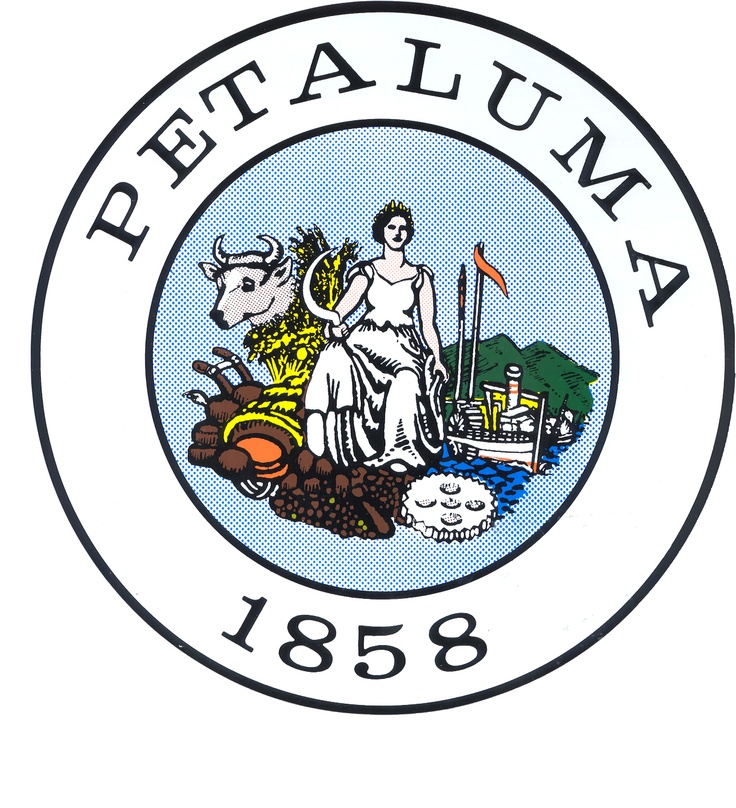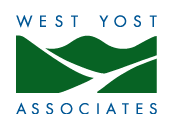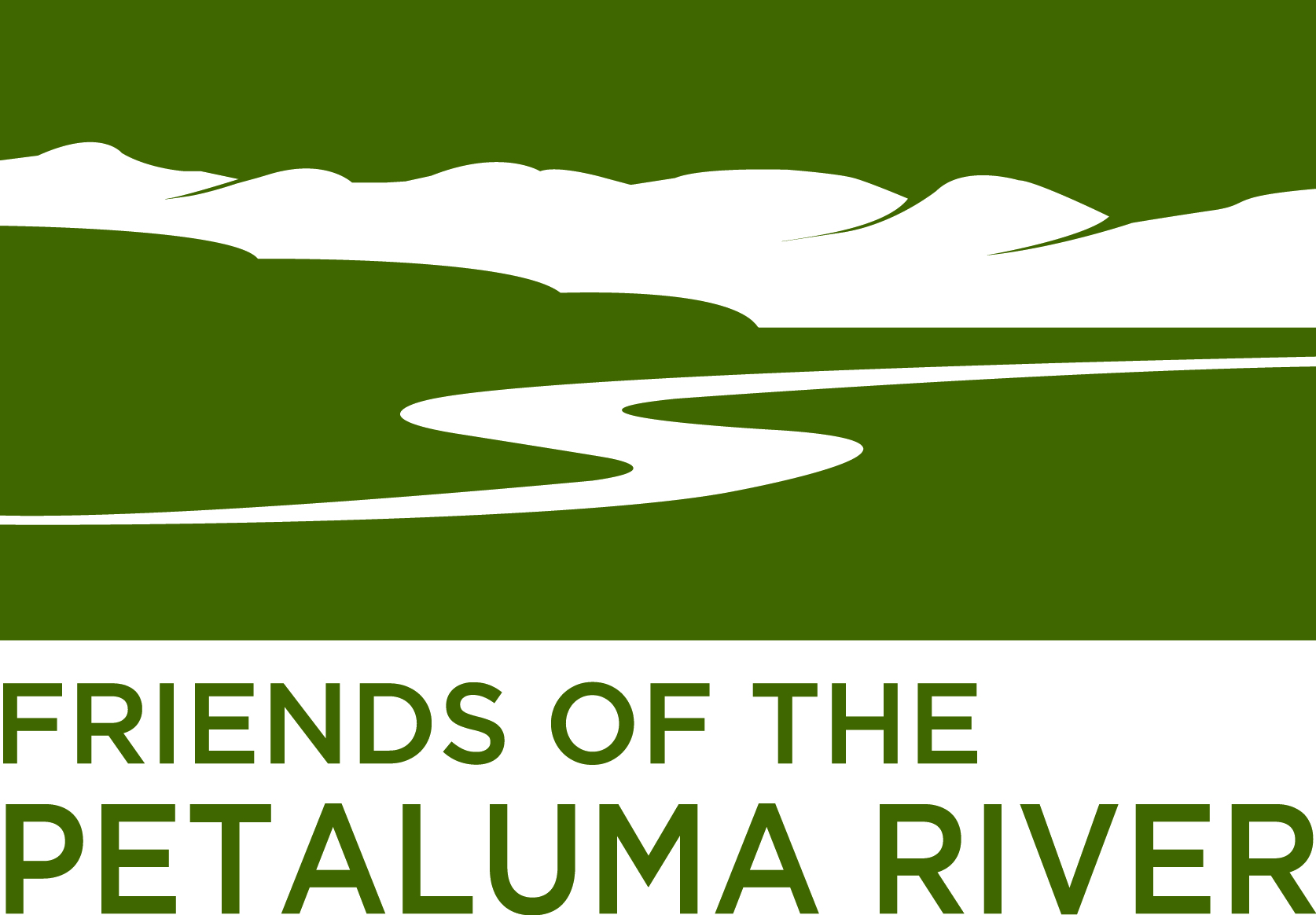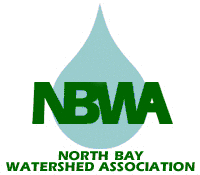Sewage Treatment in a Bottle
/Continuing with their Watershed Classroom project, 'Wat'er We Drinking in Sonoma County,' Petaluma High School teacher Kris Camacho and her AP Environmental Science students did a “Sewage Treatment in a Bottle” lab experiment last week. This lab was a continuation of the class field trips to the Ellis Creek Water Recycling Facility, giving students an opportunity to apply what they had learned from their excursion within a simplified laboratory environment.
The aim of the experiment was for students to get into groups and work together to design and engineer a water filtration device from common household materials in order to mechanically filter dirty water. The dirty water was a concoction of pureed organic items such as fruit, vegetables and expired canned food. In order to supplement lessons from Ellis Creek, students were assigned to conduct their own additional research on simple water filtration systems before coming to class with a design in mind, as well as the necessary materials to construct it.
Most students used a water bottle with its end cut off as the main vessel of the filtration device, although some decided to use PVC pipes as an alternative. The water bottles were placed upside down, their lids removed, and replaced with a piece of cheesecloth tightly secured by a rubber band. The idea was to fill the bottle with a variety of filtration materials that would remove the organic ‘grit’ from the water as it passed through. This process is most directly related to the primary stage of treatment at Ellis Creek, although on a much smaller scale. For this process, students used a variety of filtration materials such as rocks, sand, coal, pebbles, gravel, paper towels, coffee filters and cotton balls. Groups could use as many or as few types of materials as they wanted, and could arrange the layers however they thought would be most effective.
At the end of the period, each group demonstrated their device by pouring the dirty water through the filters (for a maximum of 90 seconds) and seeing how much cleaner it appeared (color and texture) when it came out of the funnel on the other end. Results were compared and students were asked to continue the discussion in their individual lab reports.
One of the most important realizations was that the effectiveness of the filtration devices depends on the way in which the materials are layered. Rocks, sand and coal have different particle sizes, and should be placed into the plastic bottle accordingly. For optimal treatment, the material with the finest particle size (charcoal) should be placed first, closest to the funnel end. Sand should come second, and rocks/gravel last (closest to the open end). Each layer should consist of no more than two inches, and should be divided by a cloth medium, such as paper towels or cotton balls.
Although each group of students experienced varying results, they all learned another valuable lesson on water quality treatment and how innovative strategies can also be implemented anywhere using only a handful of household materials. To read more about the student's work on this project visit the projects webpage at, http://www.watershedclassroom.org/water-we-drinking-in-sonoma-county/
